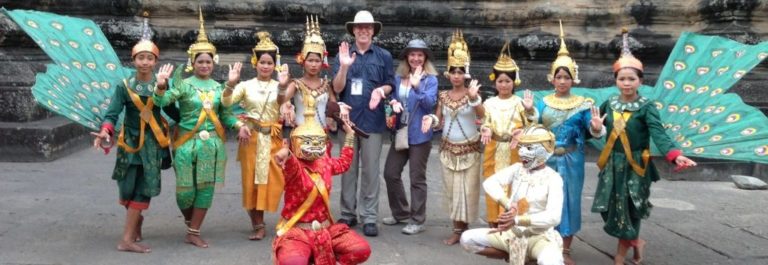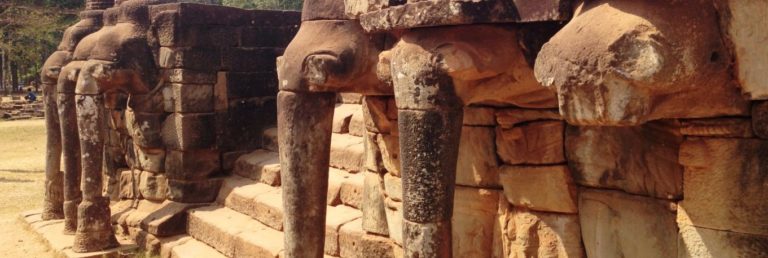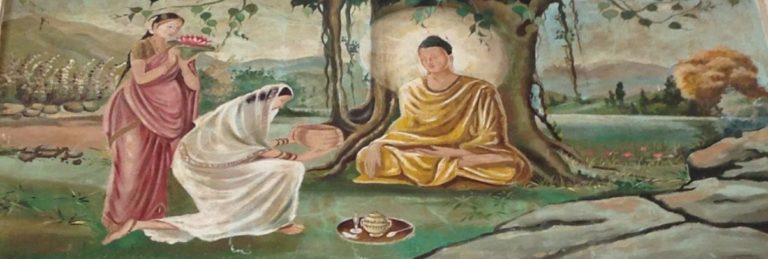And then, the French arrived. Europeans had been in the Orient for a couple hundred years by this point. The Portuguese and the Dutch came to trade. The British East India Company had arrived in India in 1600 and had taken over effective government of India by 1757. By 1839, the British were starting to pester China about a better trade balance with the first of the Opium wars.

The first French arrived as Jesuit missionaries in the Mekong Delta. They sided with the winners, the Nguyen, (pronounced “win”), of the Vietnamese civil wars and were expanding their influence in the unified country. Ultimately, the stricter Catholic moral codes caused the Nguyen to limit missionary access and to begin to expel the Jesuits. The Church appealed to the Napolean III who sent gun boats in 1858. By 1859, the French controlled Vietnam. By 1863, the paranoid Khmer king of Cambodia, Norodom, invited the French to take over as a “protectorate” to keep the Siamese and Burmese away. By 1885, Laos jumped on the protectorate bandwagon and French Indochina was formed.
The Colonial period, until about 1930, was characterized by occasional insurrections and a lot of squabbling between France and Siam for different parts of Laos and Cambodia. It is often said that the solution to a problem is to create a bigger problem. In this case, a much bigger problem was looming.
The rampant industrialization of Japan, following the Meiji Restoration in 1868, created a new world power at the close of the 19th century. Invasions in Korea and Manchuria had already awakened the rest of the world to Japanese ambitions. When they went back into Manchuria in 1931, it was seen as bare-knuckled aggression. By 1937, they were invading China. However, the Fascist threat in Europe had the Western powers too pre-occupied to help.
Then, Hitler’s forces marched right through France and set up the Vichy collaborative government. Germany and Japan became Axis allies. Japan asked the new French government for access to French-Indochina. The Vichy regime complied, and Japan invaded Vietnam, Laos, Cambodia, Thailand, and Burma. Their objective was to create the “Greater East Asia Co-Prosperity Sphere”, another name for Japanese empire. They were finally stopped in Burma. Eventually, the war ended and the Japanese went home.
The end of WWII brought on the Cold War, and Southeast Asia became a chess board of strategies and tactics between Western powers and Communist powers. While the US fought the Korean War to confine the spread of communism, the British and the French extracted themselves from their colonies. The Soviet Union and Communist Chinese took the opportunity to foster the growth of communist insurgencies where the opportunity presented itself. This was predominantly in the countries that had been part of French Indochina: Vietnam, Cambodia and Laos.
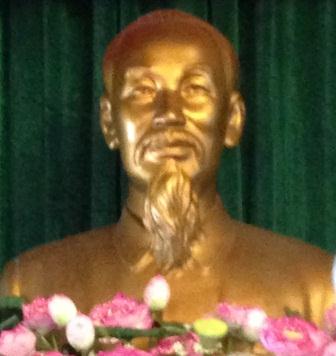
In Vietnam, Ho Chi Minh led the Viet Minh to take over the northern part of Vietnam, (Hong River valley), while the French established the successor government in Saigon, (Mekong River valley). From 1945 to 1954, they battled to a standstill, leaving Vietnam split at the 17th parallel in the mountains between North and South. A contemporary analysis of the French defeat that should have served as a warning to the US, written in 1961, is Street Without Joy: The French Debacle in Indochina (Stackpole Military History Series). For a more complete review of the entire French colonial experience in Southeast Asia, you should pick up Indochina
.
The North continued to agitate against the parade of disastrous military regimes that ruled the South. By 1964, US advisors were on the ground. By 1965, the armed forces build-up began. The heavily organized US forces fought the will o’ the wisp guerillas in a game the Vietnamese had perfected centuries before when they threw off the Chinese domination and honed to a science against the French.
By the time the US pulled out of Saigon in 1975, over 58,000 US military personnel had been killed. The defeat has been a major scar for a generation of Americans. In 1976, Vietnam was united under the socialist regime. There are a lot of books on this important period in the history of America and Southeast Asia. Check out Matterhorn: A Novel of the Vietnam War, and RUMOR OF WAR (40TH ANNIV ED)
, and The Vietnam War: A Concise International History (Very Short Introductions)
. Even Broadway has a version, with Miss Saigon: The Definitive Live Recording [Explicit] (Original Cast Recording / Deluxe)
. Hollywood’s contribution is Apocalypse Now Final Cut – 40th Anniversary
.
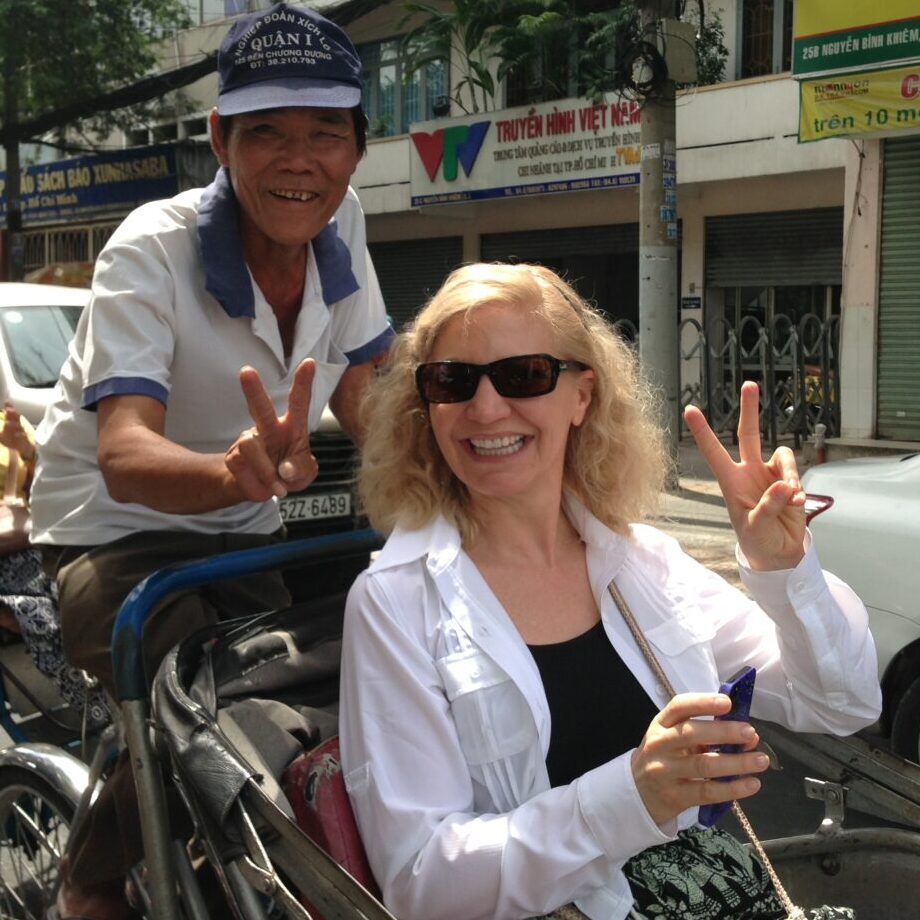
The fact is that the Vietnamese, descended from the Hong River dynasties, have been a proud, independent people for a couple thousand years. The complicating filter of Cold War politics and the need to address the aggressive spread of communism created an unfortunate scenario for all sides. Today, the Vietnamese are slowly building a new economy and a more accommodating political future. For a portrait of this emerging nation, check out Understanding Vietnam (Philip E. Lilienthal Book.). Another interesting resource of culturally important anecdotes is Vietnam History: Stories Retold for a New Generation Third Edition
.
In side shows to the Vietnam War, the end games in Cambodia and Laos also resulted in socialist governments. Though the Cambodians have a nominal constitutional monarchy, the present political situation is still pretty controlled. The Khmer Cambodians have never really forgiven the Vietnamese for stealing the southern end of the Mekong Delta. Of all the original Himalayan river valleys, it is the only one that has been split politically.


